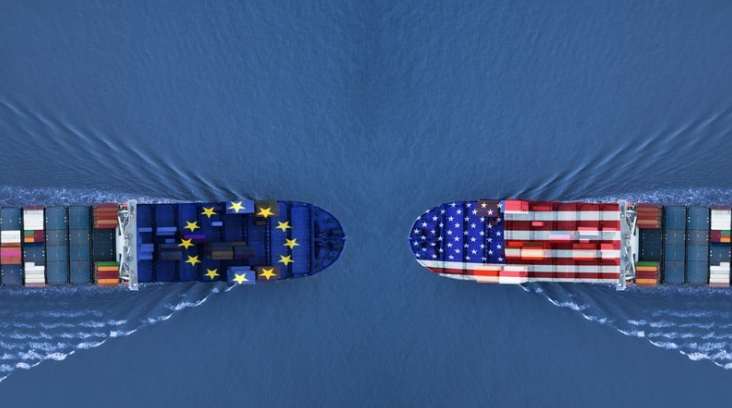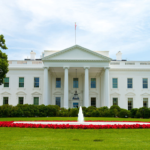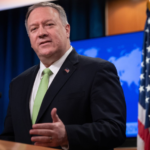A federal trade court has struck down most of former President Donald Trump’s sweeping tariffs, dealing a major blow to his trade agenda and curbing his use of emergency powers to unilaterally impose import duties.
In a ruling issued by the U.S. Court of International Trade, judges found that Trump exceeded his legal authority when he used the International Emergency Economic Powers Act (IEEPA) to justify broad-based tariffs on goods from multiple U.S. trading partners. The court held that the U.S. Constitution grants Congress — not the president — the exclusive power to regulate trade with foreign nations.
The decision invalidates all tariffs imposed by Trump since January that were based on IEEPA, a law designed to address “unusual and extraordinary” threats during a declared national emergency. The ruling takes effect immediately and could complicate any future efforts by Trump or another administration to implement sweeping tariff policies without congressional approval.
Despite the setback, Trump may still have alternative legal tools at his disposal to pursue his protectionist trade strategy if he returns to office. Analysts at Goldman Sachs, Deutsche Bank, and Panmure Liberum have outlined several potential legislative pathways:
Section 122 of the Trade Act of 1974
This provision allows the president to impose tariffs of up to 15% for up to six months without congressional approval to address a balance of payments deficit or avert a rapid depreciation of the dollar. It requires no formal investigation and could be enacted swiftly. However, any extension beyond six months would require approval from Congress.
Section 301 of the Trade Act of 1974
Used during Trump’s first term to justify tariffs on Chinese goods, this section allows the U.S. Trade Representative to investigate unfair trade practices. While it can result in unlimited tariffs in terms of both size and duration, the process involves a formal investigation and public comment period, often taking months to complete.
Section 232 of the Trade Expansion Act of 1962
Already employed by Trump for tariffs on steel, aluminum, and autos, this section permits action on national security grounds. Ongoing investigations into pharmaceuticals and semiconductors could be expanded under this law, though it too requires a lengthy procedural timeline.
Section 338 of the Tariff Act of 1930
An obscure provision last seriously considered decades ago, Section 338 allows tariffs of up to 50% on imports from countries deemed to discriminate against U.S. trade. It does not require an investigation but is limited in tariff scope compared to Section 301.
While the court’s ruling marks a significant legal and political defeat, analysts note that Trump retains a variety of legal mechanisms to shape U.S. trade policy if re-elected — though many require more process and time than the emergency powers he previously invoked.

















